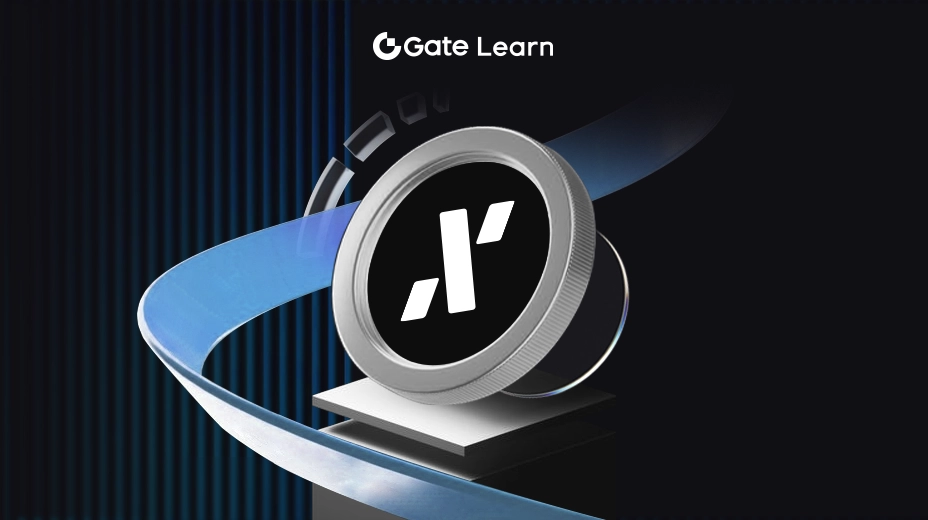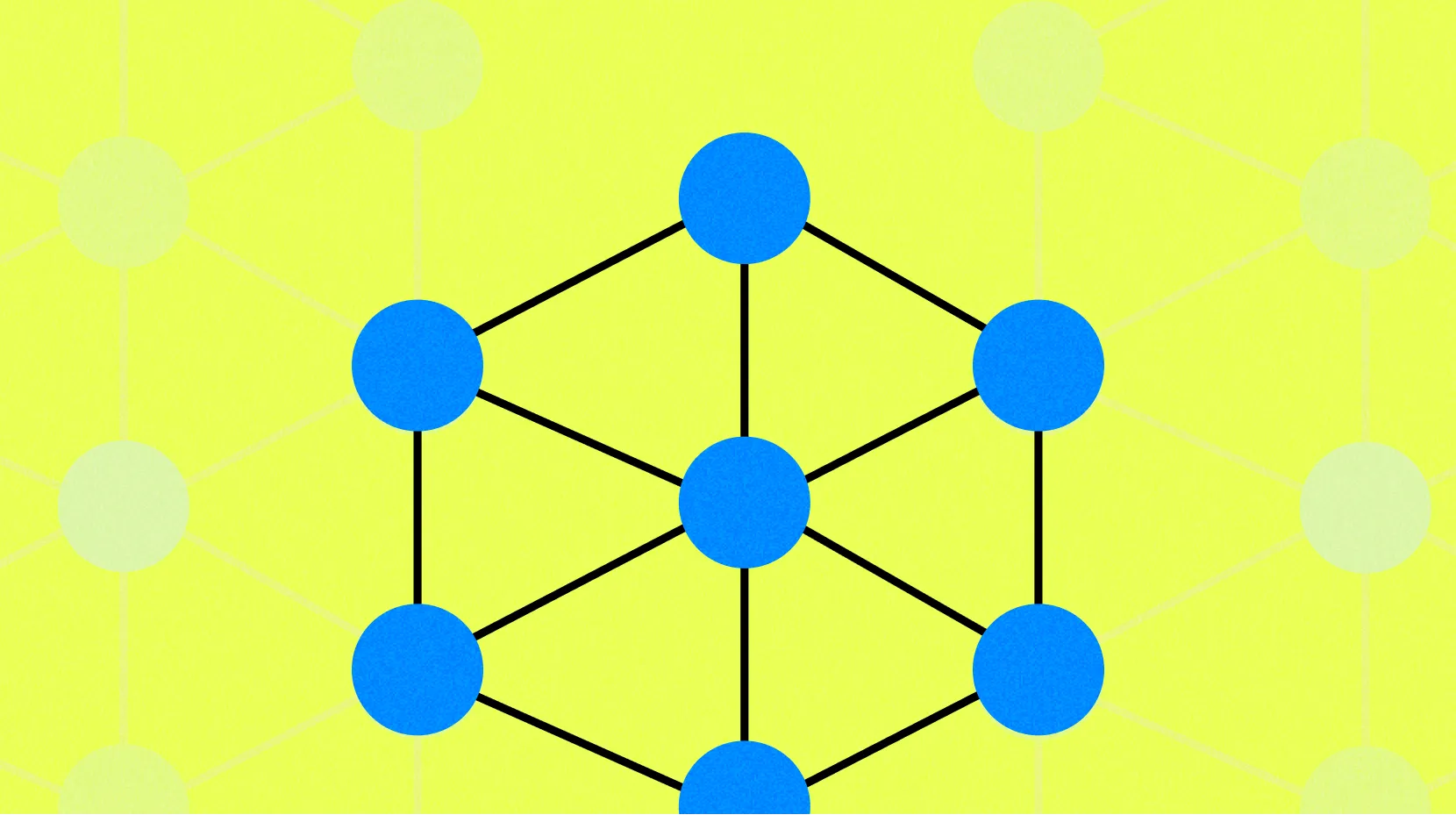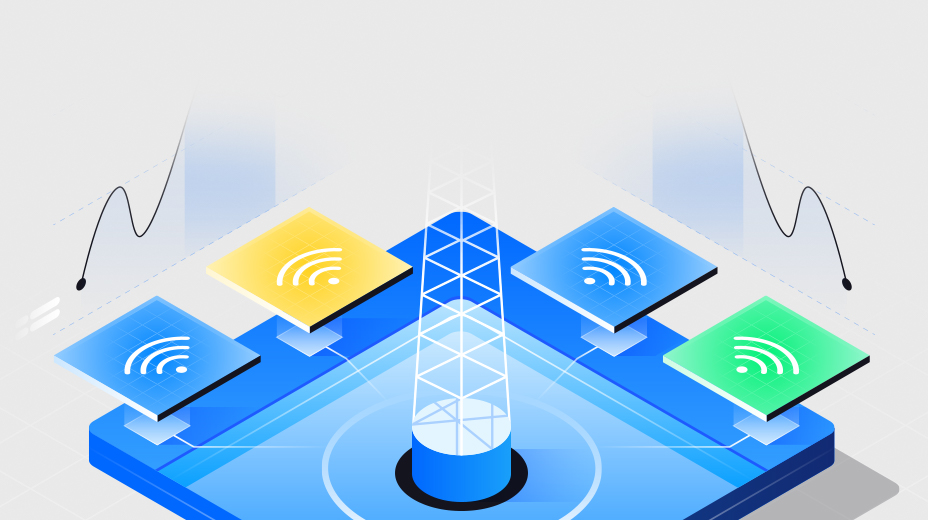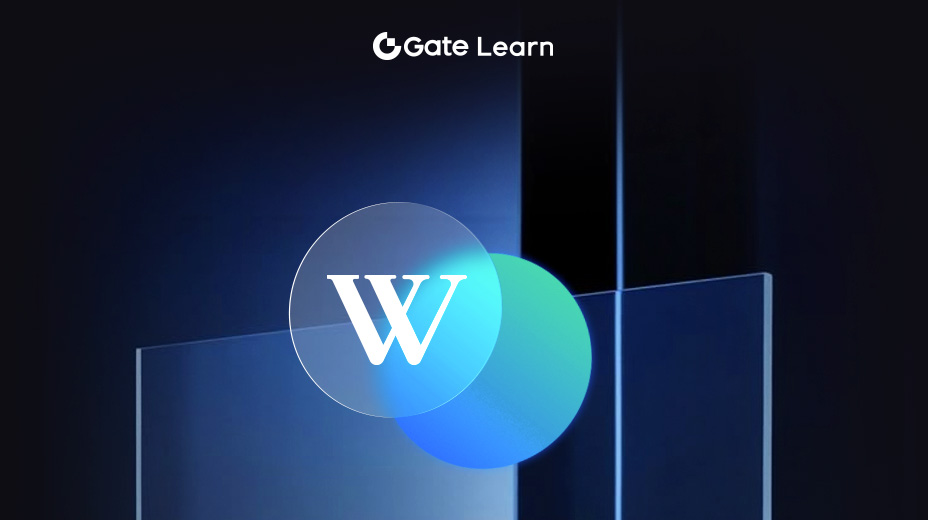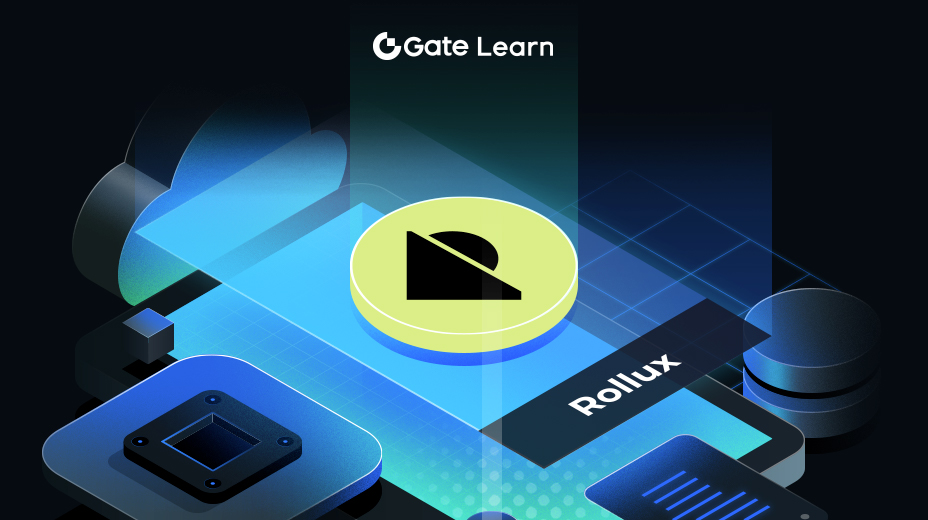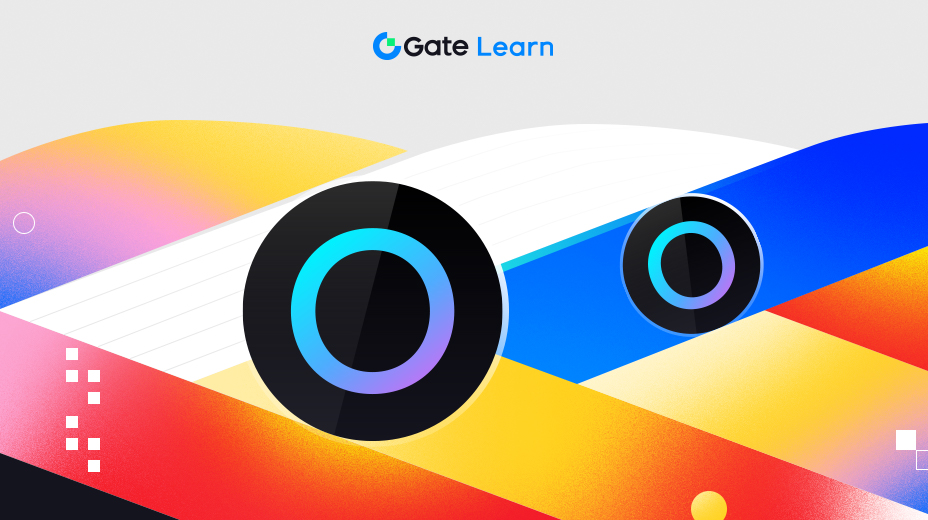Información técnica sobre RedStone
RedStone ofrece tres modelos de oráculos distintos: Pull (feeds bajo demanda), Push (actualizaciones automáticas) y X (latencia cero). Cada modelo satisface necesidades operativas específicas, lo que garantiza servicios de datos eficientes, seguros y oportunos. La arquitectura modular de la plataforma permite una integración perfecta en múltiples entornos de blockchain, lo que mejora la escalabilidad y la seguridad. Al aprovechar las redes descentralizadas y las técnicas criptográficas, RedStone garantiza la integridad de los datos y reduce la latencia, lo que la convierte en una solución de oráculo confiable para aplicaciones financieras complejas.
Modelos de Oracle
Los servicios de Oracle de RedStone están segmentados en tres modelos distintos: Pull, Push y X (latencia cero). Cada modelo está diseñado para abordar necesidades y desafíos operativos específicos dentro del ecosistema blockchain, lo que garantiza que las dApps puedan elegir el tipo de entrega de datos más apropiado en función de sus requisitos funcionales y dinámica operativa.
Modelo de extracción (fuentes bajo demanda)
El modelo Pull opera bajo demanda, donde los datos se obtienen y entregan solo cuando son solicitados explícitamente por la dApp. Este método reduce significativamente el volumen de transacciones ya que los datos no se transmiten continuamente, sino que se proporcionan según sea necesario. Este modelo es ideal para escenarios donde las dApps requieren actualizaciones periódicas en lugar de flujos de datos continuos. Ejemplos incluyen aplicaciones financieras que necesitan validar los precios de los activos antes de ejecutar operaciones o contratos que dependen de eventos externos desencadenados de forma irregular. La ventaja principal es la eficiencia en costos, ya que al minimizar las solicitudes de datos, también se reducen los costos asociados con las tarifas de transacción. Además, este modelo puede ayudar a conservar el ancho de banda y reducir la carga en la cadena de bloques, mejorando el rendimiento general y la escalabilidad.
Modelo Push (Clásico)

A diferencia del modelo Pull, el modelo Push implica el envío automático de actualizaciones de datos a la cadena de bloques a intervalos regulares o cuando se cumplen ciertas condiciones. Esto es más tradicional, pero vital para las aplicaciones que dependen de la disponibilidad de datos en tiempo real. Es especialmente útil para aplicaciones en las que los datos oportunos son cruciales, como los modelos de precios dinámicos, las plataformas de negociación en tiempo real o cualquier sistema de supervisión que realice un seguimiento de los cambios en tiempo real. El modelo Push garantiza que las aplicaciones dependientes de los datos tengan acceso inmediato a la información más reciente sin demora, lo cual es fundamental para mantener la precisión y la integridad operativa en entornos de ritmo rápido.
Modelo X (latencia cero)

El modelo X está diseñado para ofrecer datos en tiempo real con latencia cero. Este modelo emplea algoritmos avanzados y diseños de red para agilizar la entrega de datos, eliminando por completo los retrasos. Este modelo es fundamental para las plataformas de negociación de alta frecuencia, los derivados financieros complejos y otras aplicaciones de finanzas descentralizadas en las que incluso un pequeño retraso puede tener importantes implicaciones financieras. La latencia cero garantiza que el sistema sea inmune a los vectores de ataque frontales y similares. Es compatible con los más altos estándares de integridad operativa y capacidad de respuesta, lo que es fundamental para aplicaciones que implican importantes intereses financieros o que requieren una respuesta inmediata a las condiciones del mercado.
La arquitectura de RedStone admite una integración sencilla de estos modelos de oráculo, lo que permite a las aplicaciones cambiar sin problemas entre modelos a medida que evolucionan sus requisitos. Este enfoque modular no solo facilita la flexibilidad, sino que también garantiza que RedStone pueda atender a un amplio espectro de aplicaciones blockchain, que van desde tareas simples de recuperación de datos hasta operaciones financieras complejas y sensibles al tiempo.
Los modelos de RedStone están diseñados con un fuerte énfasis en la escalabilidad y la seguridad. Al utilizar redes descentralizadas para el almacenamiento de datos y canales cifrados para la transmisión de datos, RedStone mitiga riesgos de seguridad comunes asociados con oráculos, como puntos únicos de falla o manipulación de datos. Además, la escalabilidad del sistema se mejora mediante el uso eficiente de recursos, asegurando que RedStone pueda satisfacer las crecientes necesidades del ecosistema blockchain sin comprometer el rendimiento o la seguridad.
Los modelos Oracle de RedStone proporcionan un conjunto integral de herramientas que pueden ajustarse a las diversas necesidades de la comunidad blockchain, garantizando servicios de datos eficientes, seguros y oportunos. La integración considerada de estos modelos dentro de una arquitectura flexible y escalable subraya el compromiso de RedStone de avanzar en la funcionalidad y confiabilidad de las aplicaciones blockchain.
Arquitectura Modular
La arquitectura modular de RedStone es una característica definitoria que mejora significativamente la flexibilidad y escalabilidad de sus servicios de Oracle en diferentes blockchains. Esta arquitectura permite a RedStone adaptarse a las diversas necesidades de las aplicaciones descentralizadas (dApps) al ofrecer feeds de datos personalizados y métodos de integración personalizados.
Flexibilidad en la Integración de Datos
El sistema modular de RedStone le permite proporcionar soluciones de Oracle específicas altamente personalizables según los requisitos de cada aplicación descentralizada. Esta flexibilidad es crucial para los desarrolladores que necesitan ajustar los feeds de datos según los matices operativos de sus aplicaciones. El diseño modular garantiza que la integración con RedStone pueda ser tan sencilla o tan compleja como sea necesario, adaptándose a una amplia gama de casos de uso, desde la obtención de datos simple hasta aplicaciones financieras complejas que requieren actualizaciones en tiempo real.
Escalabilidad entre Cadenas
La arquitectura está diseñada para ser inherentemente escalable, apoyando una vasta gama de redes blockchain. RedStone no se limita a Ethereum u otras blockchains compatibles con EVM; también se integra sin problemas con cadenas no compatibles con EVM, rollups y varias appchains. Esta compatibilidad entre cadenas es esencial para proyectos que operan en múltiples entornos de blockchain, ya que les permite mantener servicios de Oracle consistentes y confiables sin necesidad de soluciones separadas para cada plataforma.
Rentabilidad y Eficiencia
Al permitir que las dApps elijan exactamente qué tipo de datos necesitan y cuándo los necesitan, la arquitectura modular de RedStone ayuda a minimizar los costos innecesarios de procesamiento y almacenamiento de datos. Por ejemplo, las dApps que no requieren actualizaciones constantes de datos pueden optar por la recuperación de datos a pedido, que es más rentable y reduce la carga en la cadena de bloques.
Seguridad mejorada e integridad de datos
El uso de redes descentralizadas para la entrega de datos y soluciones de almacenamiento permanente como Arweave garantiza que la integridad de los datos se mantenga desde la fuente hasta los contratos inteligentes. Esta configuración no solo asegura los datos contra manipulaciones y pérdidas, sino que también mejora la confianza general en el servicio de oráculo proporcionado por RedStone.
Implementación de modelos modulares de Oracle
Dentro de esta arquitectura flexible, RedStone ofrece tres tipos principales de modelos de oráculo: Pull, Push y X (Zero-latency), cada uno diseñado para cumplir con diferentes requisitos de entrega de datos. Este enfoque específico del modelo permite a las dApps seleccionar el método más adecuado para sus necesidades operativas específicas, garantizando un rendimiento y una fiabilidad óptimos.
La arquitectura modular de RedStone representa un avance significativo en la tecnología de oráculos, proporcionando soluciones robustas, flexibles y escalables que son fundamentales para las aplicaciones de blockchain. La capacidad de la arquitectura para adaptarse a una amplia gama de entornos de blockchain y su énfasis en la seguridad y la eficiencia de costos la convierten en una opción convincente para los desarrolladores que buscan servicios de oráculo confiables.
Integridad y seguridad de datos
RedStone emplea un conjunto robusto de mecanismos para garantizar la integridad y seguridad de los datos que proporciona a las aplicaciones descentralizadas (dApps). Estos mecanismos son esenciales para mantener la confianza en un entorno donde los datos precisos y fiables son fundamentales para el funcionamiento de contratos inteligentes y transacciones financieras. Aquí tienes una exploración detallada de cómo RedStone asegura sus feeds de datos:
Uso de redes descentralizadas
RedStone utiliza redes descentralizadas, especialmente la cadena de bloques de Arweave, para mejorar la seguridad y durabilidad de sus datos. Arweave se especializa en proporcionar almacenamiento permanente y resistente a manipulaciones, lo cual es crucial para mantener un registro inmutable de los flujos de datos de Oracle. Al utilizar Arweave, RedStone garantiza que una vez que los datos se almacenan, no se pueden modificar ni eliminar, lo que proporciona un historial verificable de flujos de datos que pueden ser auditados por los usuarios y desarrolladores en cualquier momento. Esta característica es particularmente importante para aplicaciones que requieren verificación de datos históricos para resolver disputas o auditar transacciones pasadas.
Firmas criptográficas
Cada paquete de datos transmitido por RedStone está firmado mediante técnicas criptográficas. Estas firmas verifican la autenticidad de los datos directamente en la fuente antes de que se transmitan a la red, lo que garantiza que los datos no hayan sido manipulados durante la transmisión. Las firmas criptográficas ayudan a validar que los datos se originan en una fuente de confianza, lo cual es un aspecto fundamental para proteger las fuentes de datos contra ataques de intermediario u otras formas de manipulación de datos.
Entrega descentralizada de datos
Para mejorar aún más la seguridad y la resiliencia de sus servicios de Oracle, RedStone utiliza redes descentralizadas para la entrega de datos de Oracle. Este enfoque reduce la dependencia de un único punto de fallo, distribuyendo el riesgo y mejorando la confiabilidad general de las fuentes de datos. RedStone se integra con la red Streamr para facilitar la transmisión descentralizada de datos. Streamr proporciona un protocolo de datos en tiempo real que permite compartir datos entre diferentes entidades sin depender de agregadores de datos centralizados.
Mecanismos de incentivos
RedStone implementa varios mecanismos de incentivos para garantizar que los proveedores de datos sigan siendo honestos y diligentes en el suministro de datos precisos. Estos incluyen sistemas de participación en los que los proveedores de datos deben bloquear tokens como garantía, que pueden perderse en caso de actividad maliciosa o inexactitudes de datos. Al exigir a los proveedores de datos que apuesten tokens, RedStone alinea sus intereses con los de los consumidores de datos. Este mecanismo de staking actúa como una garantía financiera contra el suministro de datos falsos o inexactos, con sanciones para desincentivar el comportamiento malicioso.
Auditoría y cumplimiento robustos
El código y los procesos operativos de RedStone son sometidos a rigurosas auditorías por parte de firmas de seguridad de terceros. Estas auditorías son cruciales para identificar vulnerabilidades y garantizar que la infraestructura del oráculo cumpla con los más altos estándares de seguridad. Colaborar con auditores de seguridad de reputación ayuda a RedStone a mantener una infraestructura resiliente a ataques y fallos operativos. Las auditorías abarcan diversos aspectos, incluida la efectividad de las medidas criptográficas, la fiabilidad de las soluciones de almacenamiento de datos y la seguridad de los canales de transmisión de datos.
Juntos, estos mecanismos forman un marco de seguridad integral que garantiza la integridad y fiabilidad de los servicios oráculo de RedStone. Al utilizar tecnología de vanguardia y protocolos operativos estrictos, RedStone proporciona un servicio oráculo seguro y confiable esencial para las crecientes necesidades de los sectores de blockchain y DeFi.
